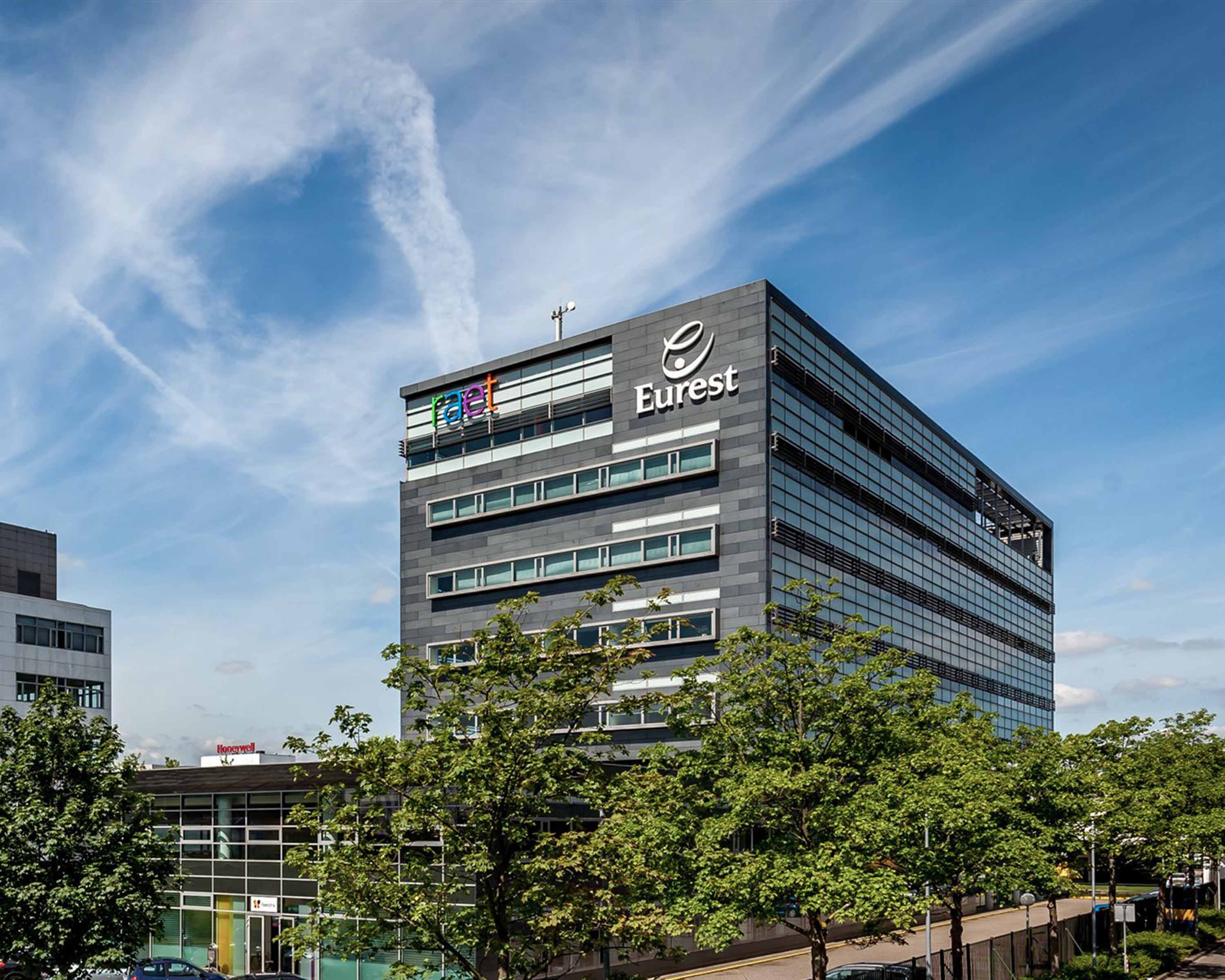What is digital transformation?
Digital transformation is currently the dominant strategy being used by organizations to adapt to changes in the market. It starts with three basic elements:
- the customer
- society
- technology
As you’ve probably noticed, all these elements are undergoing rapid change in 2021. As a company, there is no getting round the need to adapt to such change. Its biggest driver is the availability, usability and accessibility of new technology and data, which changes customer behavior and the way we relate to one another in society. The response often likewise lies in making use of this same technology and data.
Digital transformation offers answers to three challenges your company faces today:
- Customer engagement: acquiring, serving and retaining customers.
- Employee empowerment: facilitating employees optimally.
- Fit and agile IT.
What are the benefits of digital transformation?
Digital transformation offers a variety of benefits. If you do it well, it has a positive effect on your agility, scalability and relevance, both towards your customers and your employees. COVID-19 offers the ultimate proof of this.
Companies that had done their digital transformation properly were able to adapt their services and channels to the new situation very quickly. They could get their employees to work together from home without any problem, and after a month of lockdown it was clear how they were managing. They were also able to meet their customers’ new needs, because one of the benefits of digital transformation is that it enables you to detect customer demand and respond directly to it.
Digital transformation is essential to the continuity of your company – you can’t afford to ignore it. If you don’t get to grips with the latest technologies, your competitors will. The customer will then be left to choose between a company that operates in today’s way and one that’s stuck in old and slow processes.
Customer journey
To optimize the customer journey and adapt it to new customer behavior, whether online or offline, you need to gain insight into where to find your customers. Nowadays this is mainly online. When you know which channels you can reach your customers on, it’s important to also understand exactly what they are doing on those channels. Do they use your Instagram page as a source of inspiration? Do they think your Facebook page is the best way to contact customer service? This is where you stand to gain – by responding to market developments through various channels. It sounds simple at first, but you have to be proactive about it: it’s vital to think in advance about what may happen.
Employee empowerment
Your employees are also very important stakeholders in this process. Employee empowerment means ensuring that your employees can work flexibly and in a controlled manner, wherever and whenever necessary. For this to happen, data must flow through your organization, as this is the only way to create an efficient ecosystem. Your employees will not only be motivated by this: they will also gain more confidence in the leadership and an enormous boost for their creativity. Employee empowerment improves employee retention, which in turn leads to better results. The better your employees are able to make creative use of new technology, the more agile you will be as an organization.
Fit and agile IT
Outdated and sluggish IT systems do nothing at all for an efficient and pleasant working environment. New IT systems, on the other hand, both help speed up your activities and act as an extra stimulus for your employees. As well as the fastest hardware and software, you can provide your employees with other digital tools to make their daily activities easier. For example, you can offer the citizen developer (that handy tech-savvy colleague) a toolkit for creating apps.
In addition to fitness, your IT equipment must display agility. The way to achieve this is by using the cloud, so that everything is stored in a central location. However, this can also create a risk: a cyberattack would be disastrous for your company. It’s therefore essential to have your cybersecurity properly worked out, as this is the only way to prevent cybercrime.
Digital transformation strategy
To implement the digital transformation as effectively as possible, you need a digital strategy. We distinguish three different strategies:
- The outside-in strategy. Here, you focus as a company on the customer. Sales and marketing play a key role, and product development and lead generation are central.
- The inside-out strategy. The main focus here is on the internal organization. Processes are simplified, with data needs to circulate freely, IoT has to be adapted and access to systems is opened up.
- The hybrid route. This is a combination of the outside-in and the inside-out strategy, meaning that everything has to be coordinated. This is the hardest route, but also the one that will lead to the greatest success.
Not sure which strategy suits your company best? Macaw will be happy to advise you on how to implement the digital transformation in the most suitable way within your organization. We’ll also draw up a strategic plan to plot cohesion between customer engagement, employee empowerment and fit and agile IT.







